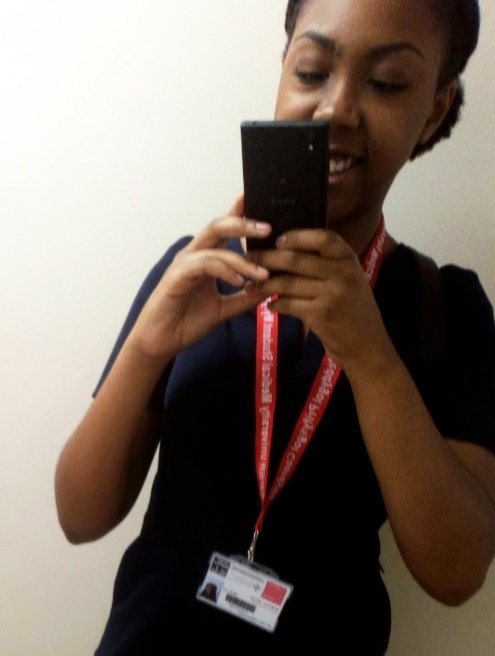PART 3: What’s it like on placement?
21 March 2020
I’d thought it’d be interesting if I shared a bit more on what you get to do on placement, which you do once a week when CBL teaching starts. It’s been one of the most favourite parts of the curriculum, because it starts to develop your clinical side early on!

So where do you go on placement?
In Year 1, placement is mainly based in South Wales including Bridgend, Newport, Merthyr Tydfil and Cardiff itself. The majority of transport is provided which is so useful. Each of the hubs follow the same structure, with regards to our CBL learning; but experiences can vary depending on availability of patient volunteers or sometimes actors for communication skills!

A typical placement day is split into a morning and afternoon session, to allow time for lunch and travel between places. There are usually 2 types of sessions: clinical skills & community.
So what do you learn in clinical skills?
I briefly mentioned before that in PCS, there are some clinical skills sessions where you learn some important skills such as first aid and measuring vital signs. You are also introduced to communication skills, which form the basis of what is developed on in placement.
Like Susanna has said, placement is incorporated into CBL so that the majority of the time what you are learning is related to the case you are studying. You begin to learn the relevant history taking and examinations to the systems related to the patient case. You also have the opportunity to learn more technical skills on models such as injections, aseptic technique, urinalysis etc. The majority of sessions have pre-session material so that you can read or watch a video on a new skill that you will learn beforehand so that you maximise your learning time building on what you learn.

So what do you learn in community sessions?
The community sessions are usually with a GP, who does teaching to a small group of around 5 or 6. I found that I built a nice bond with my group as we tended to have the same groups for GP, so was another great way to meet people in the year. The GP similarly taught more on history/ examinations for further practice, but also teaching more on conditions – helping us to recognise common signs & symptoms. Often we would do home visits and then come back together to report on what we found from our conversations. As TJ said, speaking to the patients in an informal way, helped us to get a bigger picture of the social aspects surrounding their life. These visits helped with writing reflections on patients, where we addressed our preconceptions, reflected on how they influence our thinking and the way we respond to patients. Thus, we would be able to write action plans on how our experiences will influence our future practice.
TJ also mentioned placement being in tiring, which was because often they were long days, particularly having to catch early morning coaches and getting back later than on a usual weekday. However, what is great about this is by the end of it, you are so used to the structure of the days and builds up well for full time placements in more clinical years, as well as our careers – after all medicine is hard work! Also, if I wasn’t commuting between places I often found I could use the lunch breaks to do some work or start my reflective writing assignments, to maximise my time wisely.

All of the quotes have shown why CBL is so structured because everything is linked in well and really brings the clinical aspects of our patient cases to life. To reiterate Megan , it’s a fantastic opportunity and I have to credit the placements team, who have an immense task of organising placements for all the years, making sure that we all have a similar great experience!

WARNING: cringey selfie! I found this scrolling through my group chat with my parents, proudly announcing “first day at placement” on 17 January 2019! I remember carefully picking out my clothes the day before so that the medical student lanyard perfectly contrasted against my placement dress. Nowadays I just wake up, pick something out and just go haha! But this does lead in to my final FAQ – what do you wear on placement?

We follow the NHS Wales Dress code at all times – one key points that is always stressed to us is “bare below the elbow” – meaning always short-sleeved/ rolled up above elbow to allow for efficient handwashing technique. We have to look smart and presentable, with closed shoes – for example: shirt/ trousers or short sleeved dress to a respectable length/tights or top/skirt/ tights. I bought my placement clothes in boxing day sales, because I love a bargain! However, I ensured I had a few smart items before CBL for the PCS clinical skills sessions. Alternatively, we may have to wear scrubs as well, but info about these are provided by the medical school!

I hope I have been able to give you a better insight into placement and please feel free to ask more questions by commenting below or messaging me on my Unibuddy account. Go back to the intro blog to find the other parts of the subseries!